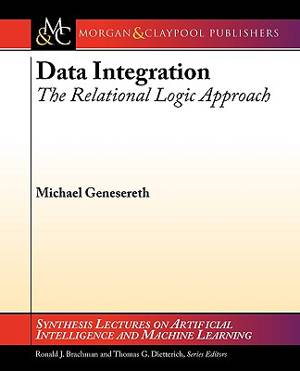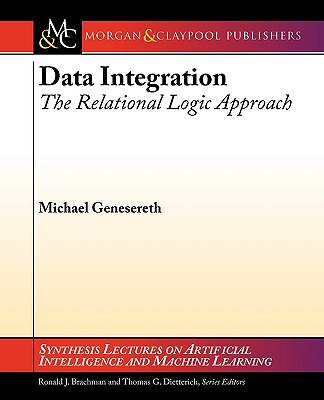
- Afhalen na 1 uur in een winkel met voorraad
- Gratis thuislevering in België vanaf € 30
- Ruim aanbod met 7 miljoen producten
- Afhalen na 1 uur in een winkel met voorraad
- Gratis thuislevering in België vanaf € 30
- Ruim aanbod met 7 miljoen producten
Zoeken
Omschrijving
Data integration is a critical problem in our increasingly interconnected but inevitably heterogeneous world. There are numerous data sources available in organizational databases and on public information systems like the World Wide Web. Not surprisingly, the sources often use different vocabularies and different data structures, being created, as they are, by different people, at different times, for different purposes. The goal of data integration is to provide programmatic and human users with integrated access to multiple, heterogeneous data sources, giving each user the illusion of a single, homogeneous database designed for his or her specific need. The good news is that, in many cases, the data integration process can be automated. This book is an introduction to the problem of data integration and a rigorous account of one of the leading approaches to solving this problem, viz., the relational logic approach. Relational logic provides a theoretical framework for discussing data integration. Moreover, in many important cases, it provides algorithms for solving the problem in a computationally practical way. In many respects, relational logic does for data integration what relational algebra did for database theory several decades ago. A companion web site provides interactive demonstrations of the algorithms. Table of Contents: Preface / Interactive Edition / Introduction / Basic Concepts / Query Folding / Query Planning / Master Schema Management / Appendix / References / Index / Author Biography
Specificaties
Betrokkenen
- Auteur(s):
- Uitgeverij:
Inhoud
- Aantal bladzijden:
- 110
- Taal:
- Engels
- Reeks:
Eigenschappen
- Productcode (EAN):
- 9781598297416
- Verschijningsdatum:
- 15/03/2010
- Uitvoering:
- Paperback
- Formaat:
- Trade paperback (VS)
- Afmetingen:
- 190 mm x 235 mm
- Gewicht:
- 204 g

Alleen bij Standaard Boekhandel
+ 97 punten op je klantenkaart van Standaard Boekhandel
Beoordelingen
We publiceren alleen reviews die voldoen aan de voorwaarden voor reviews. Bekijk onze voorwaarden voor reviews.











